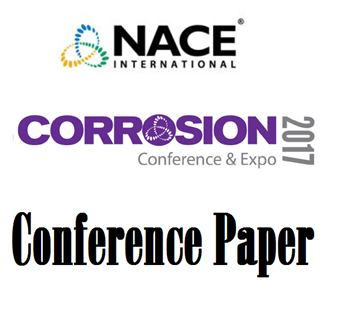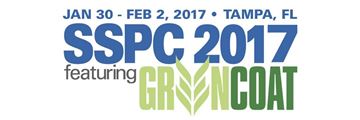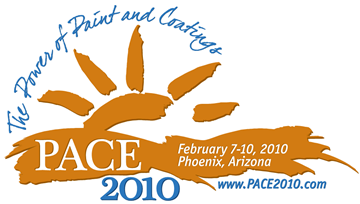Search
Individual Conference Papers
View as
Sort by
Display
per page
Hydrogen Permeation and Binding Energy Study on OCTG High Strength Steel
Product Number:
51319-12908-SG
Publication Date:
2019
$20.00
Hydrogen Pipeline In-Line Inspection Case Study
Product Number:
51321-16820-SG
Publication Date:
2021
$20.00
Hydrogen Stress Cracking Resistance Of High Strength Alloys For Subsea Fasteners
Product Number:
51321-16709-SG
Publication Date:
2021
$20.00
Hydrogen Stress Cracking Resistance of Precipitation Hardenable Nickel Alloys and Optimization
Product Number:
51324-20719-SG
Publication Date:
2024
$40.00
Hydrogen Trapping in Heat Treated and Deformed Armco Iron
Product Number:
51319-13083-SG
Publication Date:
2019
$20.00
Hydrogen-Assisted Cracking of Martensitic Stainless Steel Tubing - A Field Failure
Product Number:
51323-19144-SG
Publication Date:
2023
$20.00
Hydrogeochemical Modelling to Monitor Scaling and Corrosion during Geothermal Energy Production
Product Number:
51317--9044-SG
ISBN:
9044 2017 CP
Publication Date:
2017
$20.00
Hydrophobic Coatings: Water is No Match for Me
Product Number:
51219-210-SG
Publication Date:
2019
$20.00
Hydrophobic Elastometric Coatings for Chemical Resistant Linings
Product Number:
51217-022-SG
Publication Date:
2017
$20.00
Hydrostatic Testing for Pipelines with SCC Threats
Product Number:
51324-20374-SG
Publication Date:
2024
$40.00
Hydrothermal Corrosion and High Temperature Steam Oxidation Of Additively Manufactured And PM-HIP FeCrAl Alloys
Product Number:
ED22-17148-SG
Publication Date:
2022
$20.00
Ice and Snow, Away We Go! Painting Ships In Cold Winter Conditions
Product Number:
41210-537-SG
Publication Date:
2010
$20.00












